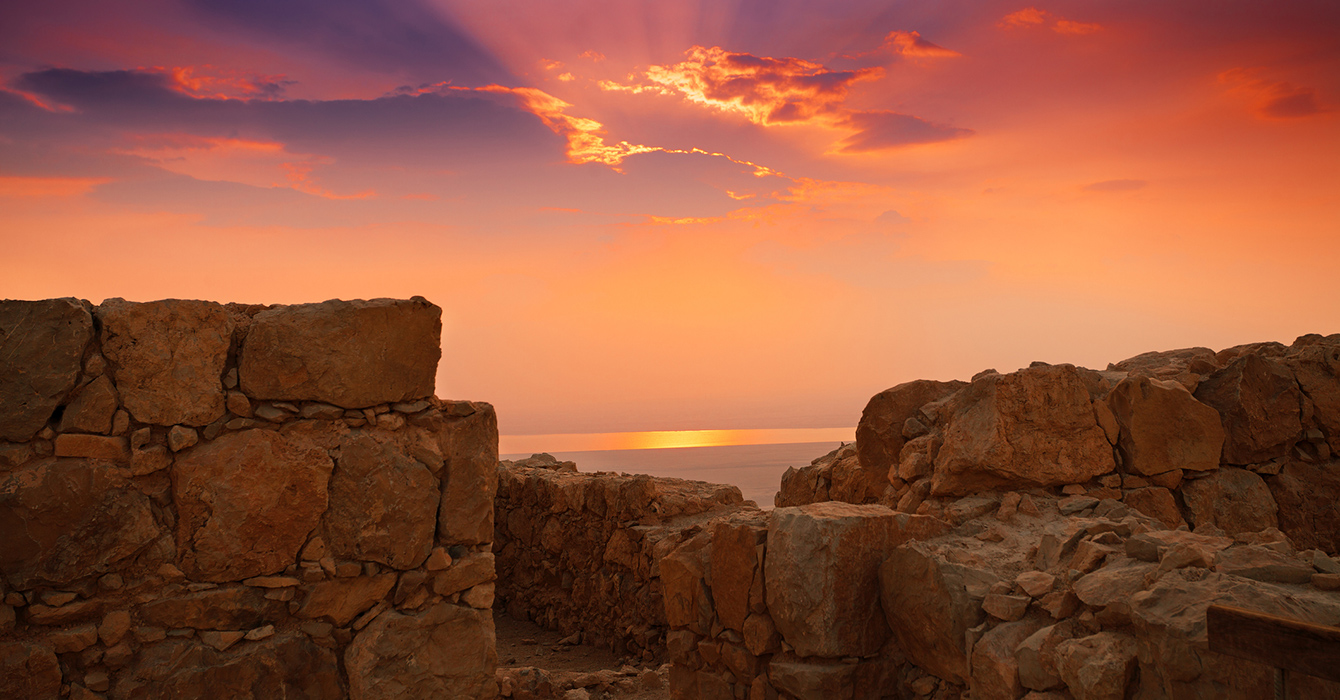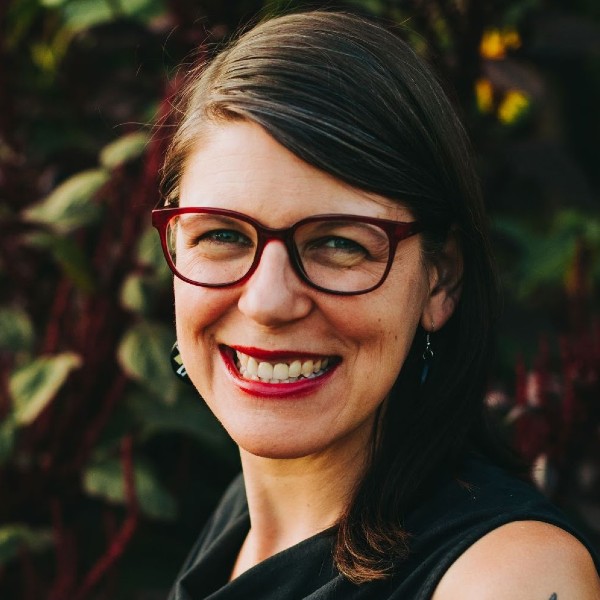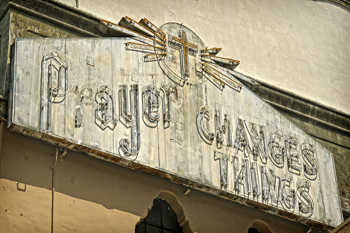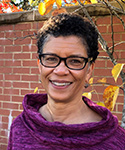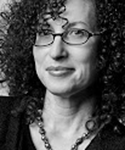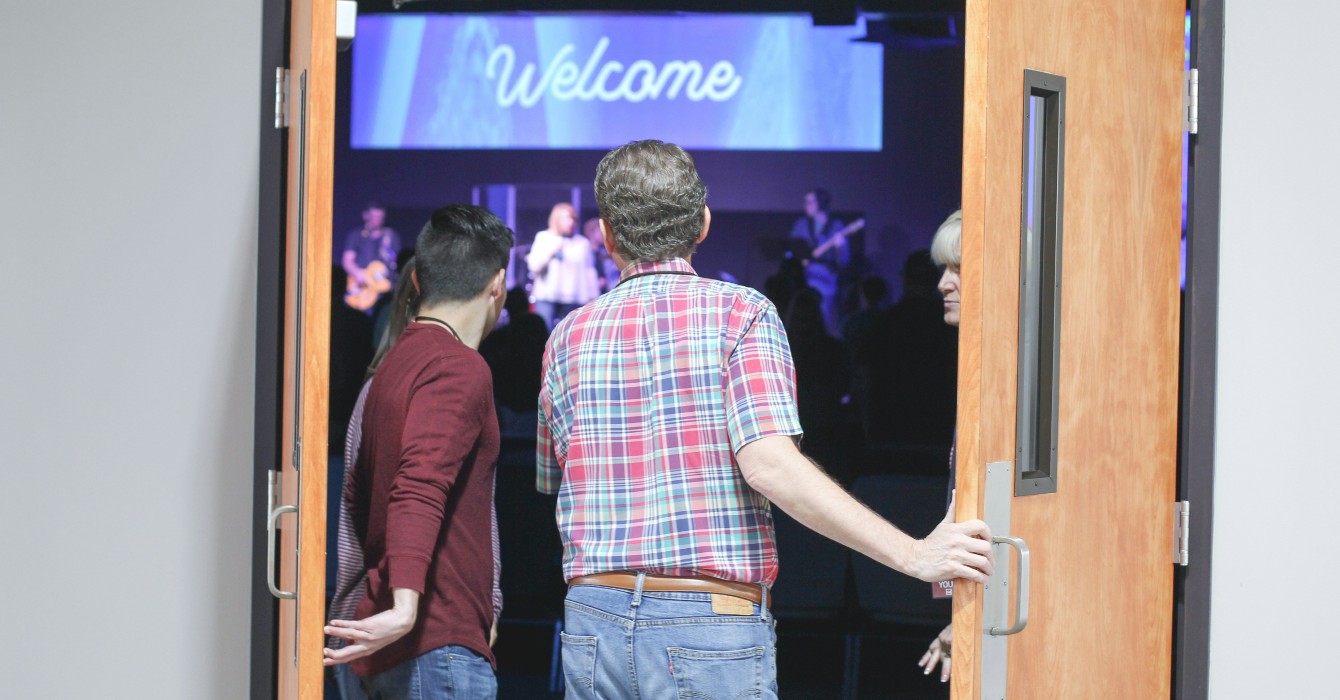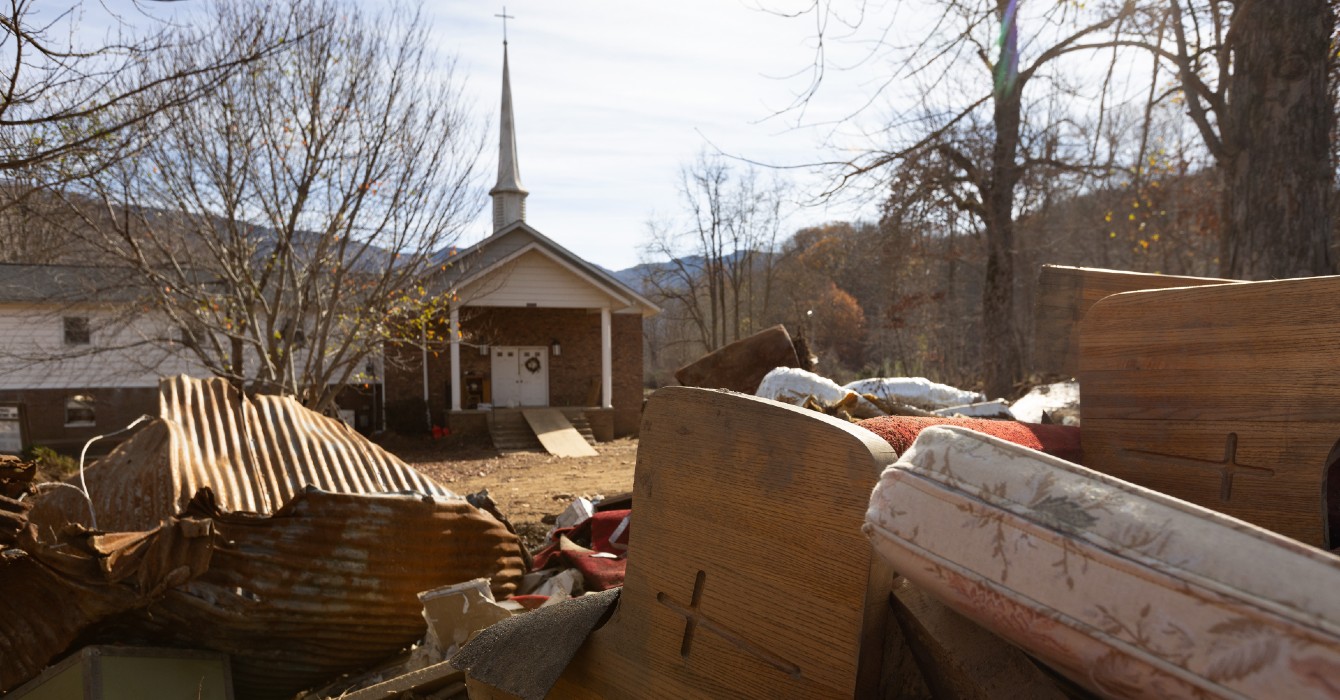“Four people,” I tell myself when I’m discouraged.
The Christian community that nurtured me and formed my faith began with only four adults who chose to embrace a new expression of church. The first worship service of the ecumenical Community of Christ in Washington, D.C., was in February 1965 with two couples and six children gathered around the dining table of the pastor’s family.
I picture that scene often as I enter a new season of ministry, becoming a church planter.
I’m also learning the necessity of deepening my prayer practice. I begin each morning with devotional reading and meditation based on what the day’s passage stirs in me. Earlier this fall, I focused on the book of Habakkuk and a line from a commentary entry by Elizabeth Achtemeier: When Habakkuk goes to his watch post, he signals his complete openness to God.
I think of a watch post as a place to scan the horizon for potential threats. While we may not have a rampart or towers to stand on today, we don’t have to look far off to see threats and danger. As in Habakkuk’s time, there is destruction and violence, strife and contention in our society and world.
In the short book of Habakkuk, God appears to the prophet in full divine glory. Habakkuk is reassured, though he trembles.
“The prophet’s external circumstances have not changed,” Achtemeier writes. “Violence and injustice still mar his community, strife still abounds, … and the proud still strut through the earth.”
But Habakkuk has seen the final outcome, God’s righteous judgment and redemption.
We know little about Habakkuk other than that he lived in Judah about 10 or 15 years before the Babylonian exile. He was a contemporary of Jeremiah. Habakkuk speaks on behalf of his community about oppression and corruption in their society; nearby, the Babylonians gather strength for a new empire.
Somewhat distinct from the way that other prophets speak for God, Habakkuk speaks to God, in a voice resonant with the Psalms and Job. He voices the question that believers have asked for millennia: Where is God’s intervention while unjust rulers run amok?
To be in relationship with God, to have seen God’s work in the world, spurs us to look for God when there is suffering. To ask such questions is an act of trust, trust that God can help. Trust is at the root of faith in Habakkuk’s powerful answer from God: “The righteous live by their faith” (Habakkuk 2:4 NRSV).
Instead of giving in to despair and apathy, Habakkuk has opened himself up to God’s response. God tells Habakkuk that the present power of the unrighteous will not last. God assures him that the vision will arrive, fulfilling God’s promises. God’s reign of justice, peace and righteousness will come on earth as it is in heaven.
“For there is still a vision for the appointed time,” Habakkuk hears (as translated in the New Revised Standard Version); “it speaks of the end, and does not lie” (Habakkuk 2:3). The group of rabbis and Jewish scholars who put together the Jewish Publication Society Tanakh offers another way of reading that second clause: the vision is “a truthful witness for a time that will come.”
“The prophet’s task,” writes Rabbi Rami Shapiro, citing Martin Buber, “is to confront you with a choice, with the necessity of making a decision regarding the quality of your life, both personal and communal.”
Communal quality of life rests on vision. Those of us who lead congregations and ministries, whether new or established, have the responsibility of discerning a vision for the present time that is one facet of God’s ultimate vision for the world. When it feels as though a decision is all up to me as a leader, that’s when I most need to assume a posture of complete openness to God.
Vision is more than particular projects, campaigns, ministries and outreach efforts. Different individuals or groups of people will have different levels of engagement with those. A vision holds together all of the above. A clear vision can unite a group when each individual has a different role, looking at a different part of the same plan. It allows room for all to pursue what they’re most passionate about. Not everyone has to have the same approach in order to be united by the same vision.
I saw that embodied in the Community of Christ, the congregation my family joined in 1990, when I was 7 years old. For the past two years, I’ve been studying the congregation, along with the innovative ideas and movements to which it was connected.
Though a small group, it held on to a vision of ministry and mission beyond itself, in its neighborhood, city and world. Leaders sought to help individuals identify their gifts — what they most wanted to do in the world — but not as an exercise of navel gazing. Leaders emphasized that our lives are most fulfilling when we share our gifts with others. The Church of the Saviour, a neighboring mentor and partner congregation, called this “the journey inward and journey outward.”
Mary Schramm, one of those first four members of the Community of Christ, wrote in the book “Gifts of Grace” that discovering each person’s gifts is a way of learning about God’s will for our lives individually and collectively.
“I don’t care whether you’re 8 or 80,” Mary wrote, “you are responsible for finding out the things that God would have you do.”
In the Community of Christ, when people had visions that flowed from identifying their gifts, they would test those ideas with others. When an idea found traction, the congregation would help the visionary take the risk of making that dream a reality. Ministries such as a plant shop and a center to empower developmentally disabled adults came into being that way.
Each effort began with a small-scale vision. Like the colors in a kaleidoscope, our dreams all fit together in God’s multifaceted vision. The vision will come at the appointed time. For now, we can trust and imagine.

